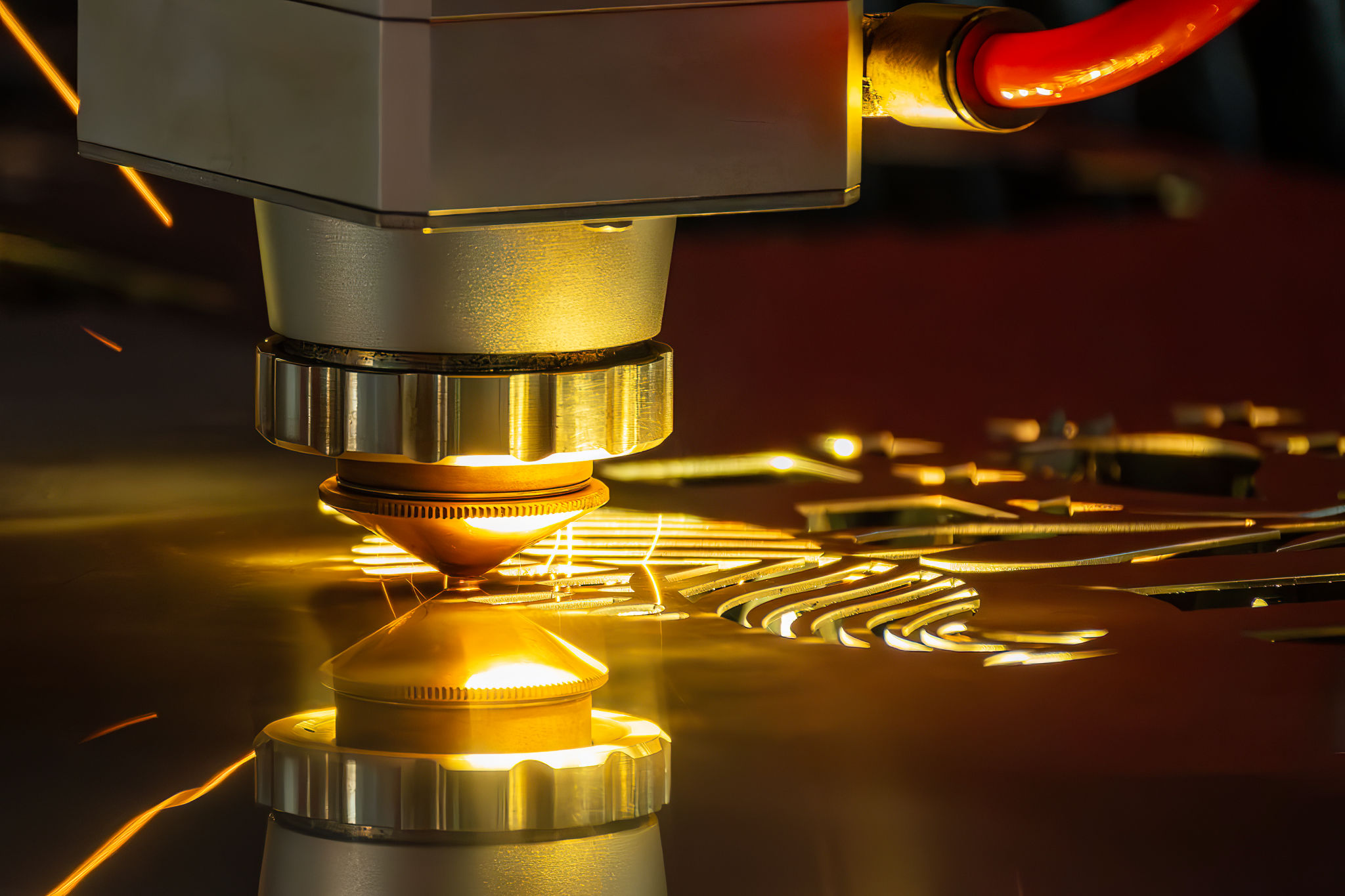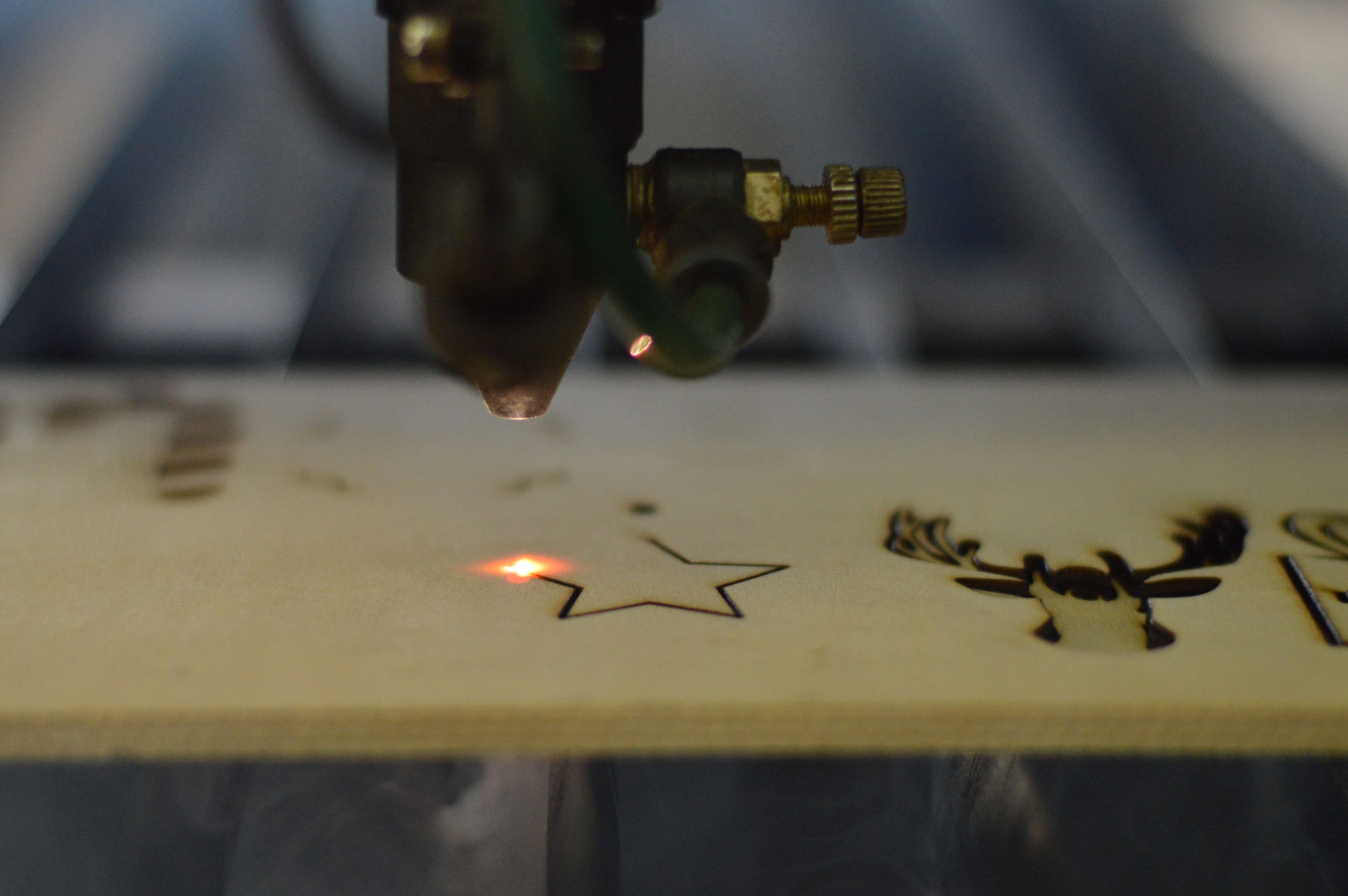Exploring the Art of Laser Engraving: From Concept to Creation
Understanding Laser Engraving
Laser engraving is a fascinating process that combines artistry and technology to create intricate designs on various materials. Using a laser beam, this method can engrave patterns, logos, and text with precision and detail that are difficult to achieve with traditional methods. The versatility and precision of laser engraving have made it a popular choice for industries ranging from manufacturing to personalized gifts.
At its core, laser engraving involves the removal of material from a surface to create a design. The laser beam acts like a chisel, etching away layers to reveal the desired image or text. The depth and detail of the engraving can be controlled by adjusting the laser’s power and speed, allowing for both subtle and bold designs.

The Creative Process
The journey from concept to creation in laser engraving begins with an idea. Whether it's a custom design for a client or a unique piece of art, the initial concept is crucial. Designers typically use graphic design software to convert ideas into digital files, which serve as the blueprint for the engraving process.
Once the design is finalized, the next step involves selecting the right material. Laser engraving can be performed on a variety of surfaces, including wood, metal, glass, and acrylic. Each material offers different aesthetic qualities and requires specific settings for optimal results. The choice of material often influences the final appearance of the engraved piece.

From Digital Design to Physical Creation
After preparing the digital design and selecting the material, the file is uploaded to the laser engraving machine. The machine then interprets the design and begins the engraving process. This stage requires precision and attention to detail, as even minor errors can affect the final product.
During engraving, the laser's intensity and speed are carefully controlled. These settings are crucial as they determine the depth of the engraving and the clarity of the design. Operators must ensure that the machine is calibrated correctly to prevent any mishaps.

Applications of Laser Engraving
Laser engraving is used across various industries due to its versatility. In manufacturing, it is employed for creating detailed components and intricate patterns on products. In retail, it provides a way to personalize items like jewelry, awards, and electronics. The precision of laser engraving also makes it ideal for creating fine art pieces and intricate designs on glassware and ceramics.
Moreover, laser engraving offers businesses a cost-effective way to produce high-quality promotional items. Companies can engrave their logos on a range of products to enhance brand visibility and appeal.
The Future of Laser Engraving
As technology advances, so does the potential for laser engraving. Innovations in laser technology are leading to faster processing times and even greater precision. This progress opens new possibilities for creative expression and industrial applications.
Furthermore, the integration of artificial intelligence with laser engraving tools is poised to revolutionize the industry. AI can assist in optimizing designs for better efficiency and quality, offering designers more flexibility and creative freedom.

Conclusion
Exploring the art of laser engraving reveals a world where creativity meets technology. From initial concept to physical creation, each step in the process requires meticulous planning and execution. Whether used for industrial applications or personal projects, laser engraving continues to inspire innovation and creativity in countless ways.
As this field evolves, it will undoubtedly continue to captivate artists, designers, and engineers alike, pushing the boundaries of what is possible in both art and industry.